
Fail to Plan, Plan to Fail: How Good Automation Goes Bad
Don’t let automation become your biggest headache. See why planning—and the right partner—makes all the difference.

Why Future-Proofing Should Be Part of Every Automation Plan
Future-proofing is essential in packaging automation to reduce risk, improve ROI, and ensure scalability. Learn more from these insights.
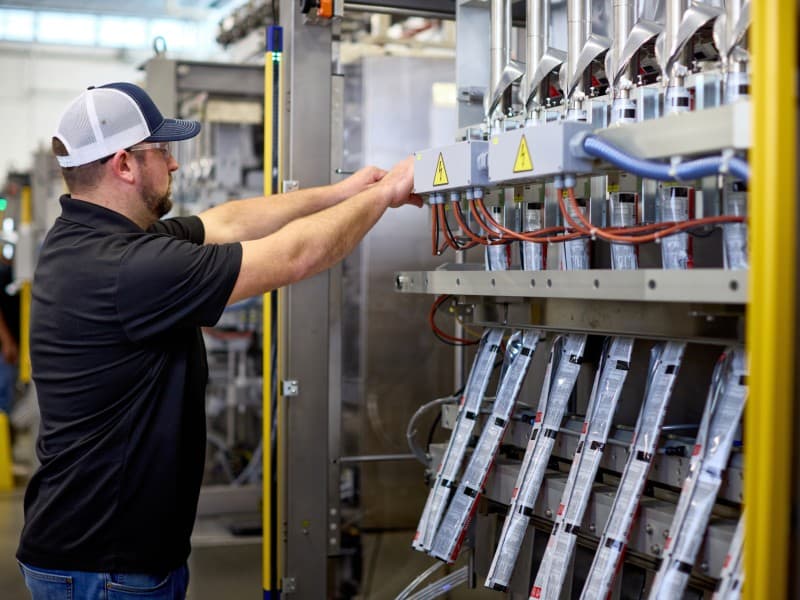
How Much Does Packaging Automation Really Cost?
Explore the full cost of packaging automation and how Viking Masek partners with you to support system planning, implementation, and long-term success.
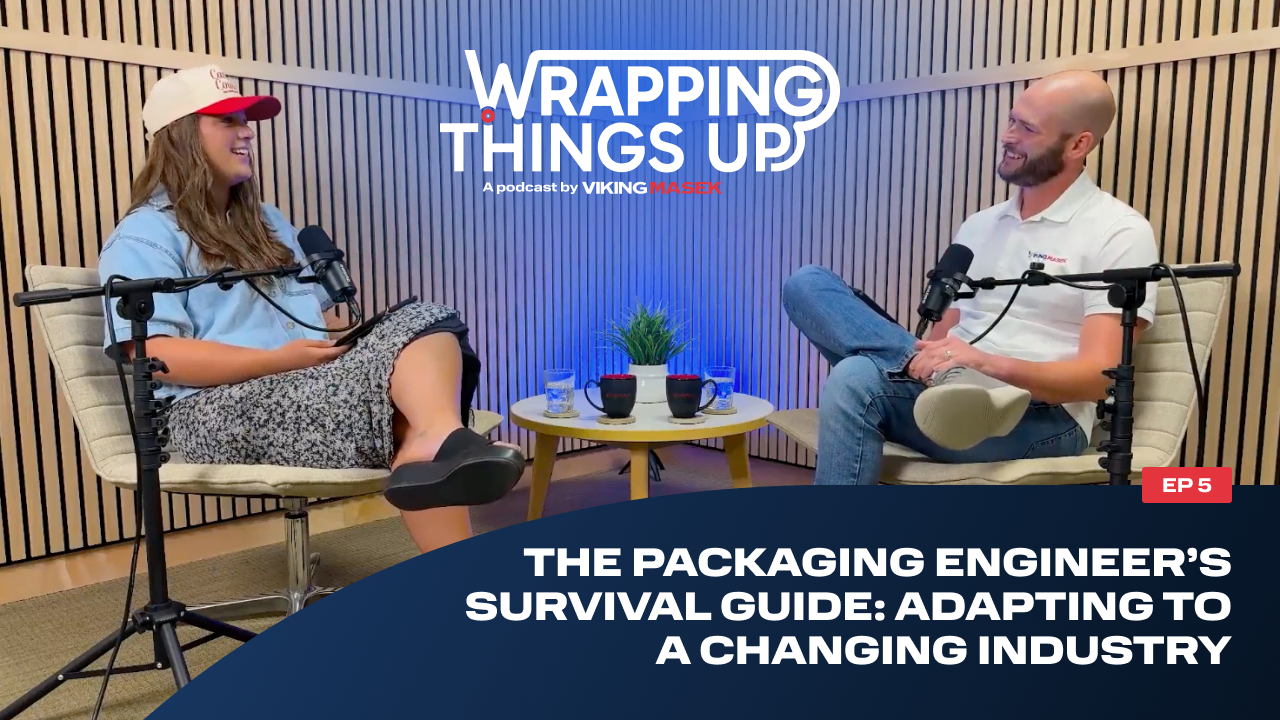
The Packaging Engineer’s Survival Guide: Adapting to a Changing Industry
Packaging engineers today face shifting roles amid labor shortages, sustainability pressures, & rising automation demands. Here’s how engineers can adapt.

Viking Masek Announces Appointment of New CEO and President to Lead New Chapter
Viking Masek appoints Matt Miller as CEO and Bryan Lacy as President, marking a new leadership chapter focused on growth and operational excellence.
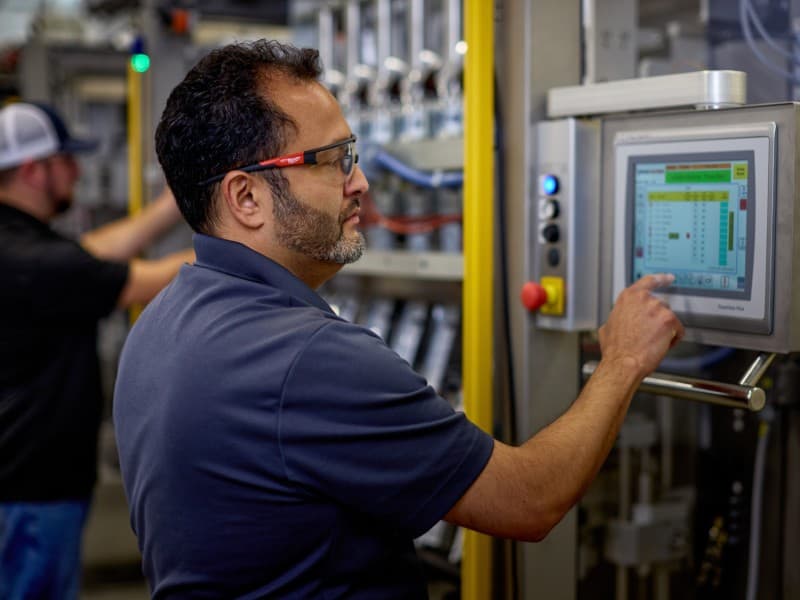
How Soon Will Packaging Automation Deliver ROI?
Explore how long it takes to see packaging automation ROI and learn how to speed up your payback with expert tips and real-world advice from Viking Masek.
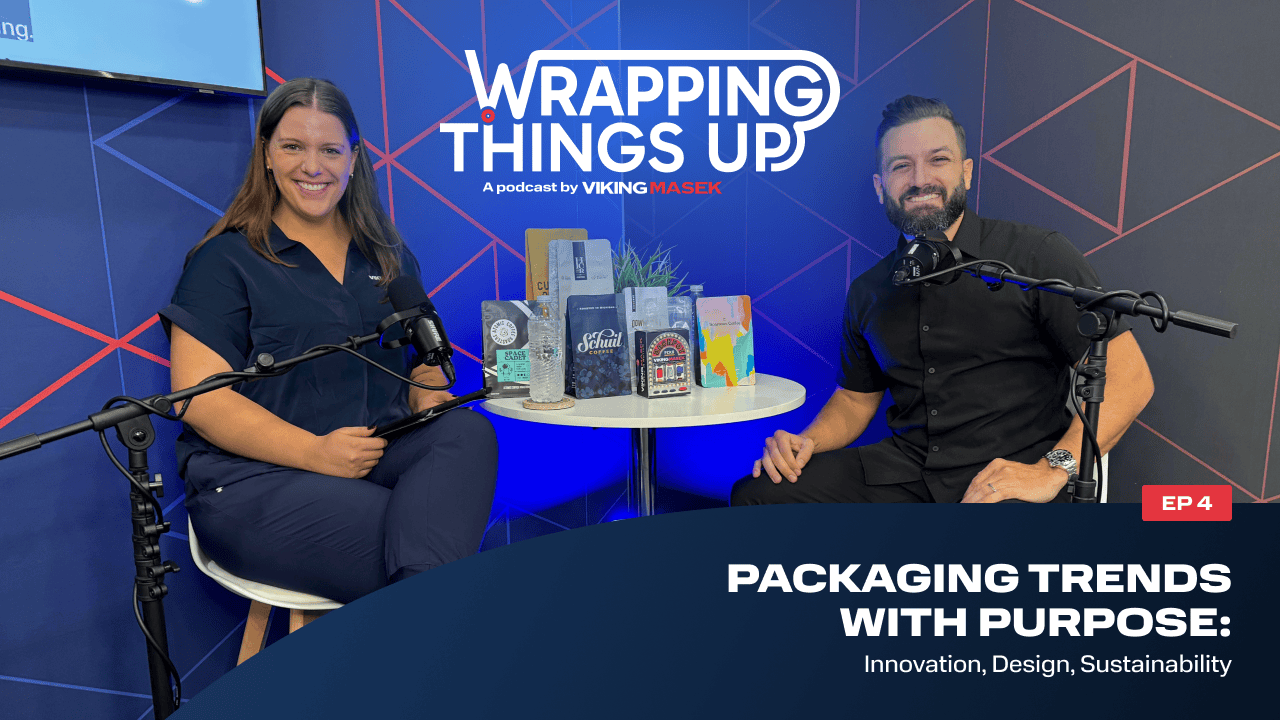
From PACK EXPO Las Vegas: Packaging Trends Accelerating Innovation & Growth
Packaging trends and strategies from PACK EXPO Las Vegas, with insights from PCKG CEO AJ Nelson on innovation, material shifts, and partnerships.
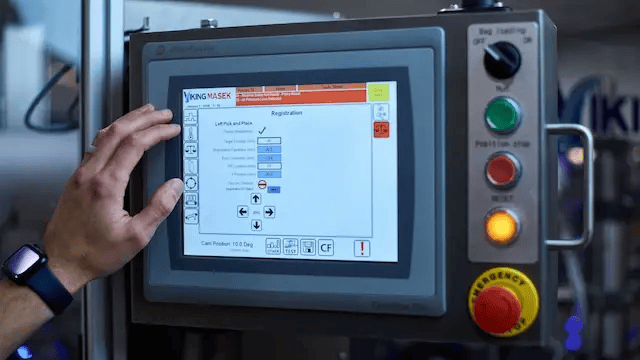
THE TRUE COST OF DOWNTIME: STRATEGIES FOR RELIABLE AUTOMATION
Downtime impacts morale, schedules, and customer trust. Learn how to reduce disruptions with smart strategies and the right automation partner.

How Packaging Automation Extends ROI Beyond the Payback Period
Learn how packaging automation can extend ROI beyond quick paybacks, address labor challenges and drive operational savings for long-term competitiveness.
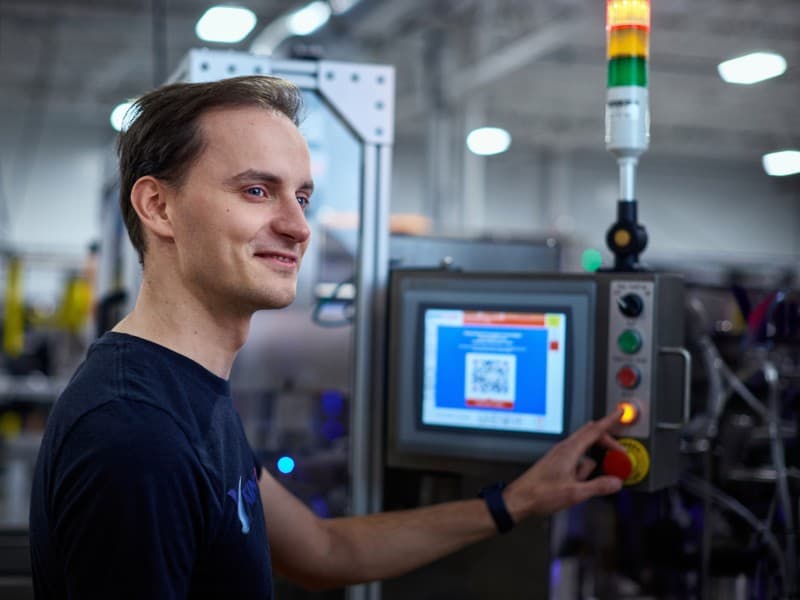
Automation Myths Vs. Facts: Why “It Won't Work For Us” Is Often Wrong
Automation misconceptions delay progress and innovation. Learn how packaging leaders overcome fear with strategic automation that works for real products.